You’re probably heard of the giant multinational toy and board game company Hasbro, but you might not have heard anything about their first and only foray into virtual reality: the Hasbro VR Toaster. Hasbro was created in 1924 by the three Hassenfeld brothers. They started out in the textile industry, but it wasn’t long before they switched to the toy industry and rose to the top. However, following the enormous success of the Atari 2600 and its cartridge based system, Hasbro sought the possibility to enter the now-booming video game market.
The acquisition of Milton Bradley (the company responsible for the VecTrex) in 1984 was an early step in that direction. Hasbro began to plan the development of a new gaming console, and two different projects were conceived: Control-Vision (a VHS console originally known as Project NEMO) and Toaster VR. “Scene of the Crime”, a prototype that later became Night Trap, was originally in development for the Control Vision. There’s a video hidden within the Sega CD version of Night Trap that shows Hasbro executives demonstrating the “NEMO”.
Control Vision and Toaster VR have both a very interesting development history stretching over a long period of time, but unfortunately they both ended up canceled at the end. The market would be left without another console competitor during the 16 and 32 bit generations. The Toaster was a joint-venture project between David Sarnoff Research Centre (DSRC) in New Jersey, Quantum Works Corporation (QWC) in California, and Abrams Gentile Entertainment (AGE) in New York. It’s worth noting that AGE is the same company responsible for the creation of Mattel’s Power Glove for the Nintendo Entertainment System, which probably hinted at the future of the Toaster.
Backed by the successful partnership with Mattel, in 1992 AGE pitched the idea of a Virtual Reality console to Hasbro. They joined with with Steve E. Tice and his company QWC, whose main task within the VR project was overcoming all the problems related to the Head Mounted Display.
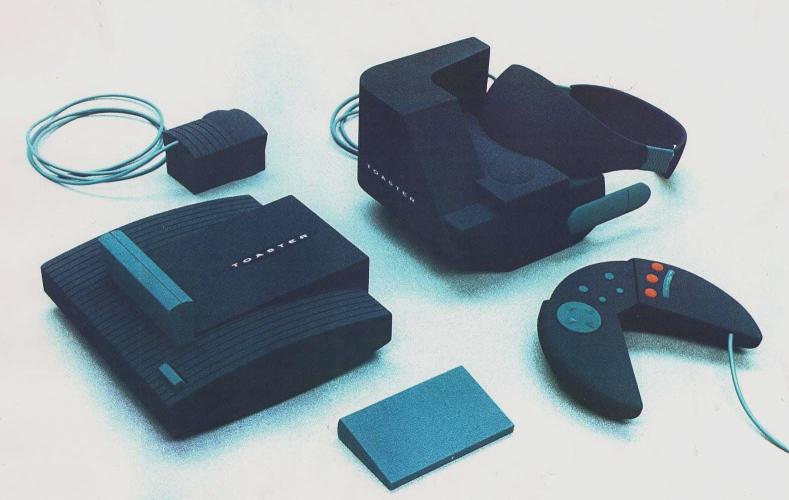
The original codename for this new device was “Sliced Bread Project” and, of course, it encountered many technical challenges related to the Virtual Reality experience. The system was required to be light and cheap in order to sell in the market, which only made the technical difficulties even worse. Realistic and correct perspective image generation was the primary project issue, although there were also issues with the device reacting immediately to the player’s head movement.
Backed by DSRC’s knowledge and resources, a prototype was assembled and early game concepts began to develop. As a former developer of the console remembers: “By the summer of 1995, five games were demonstrated on the complete system of hardware and software, and tested by the 16-year-old son of one of the group leaders.”
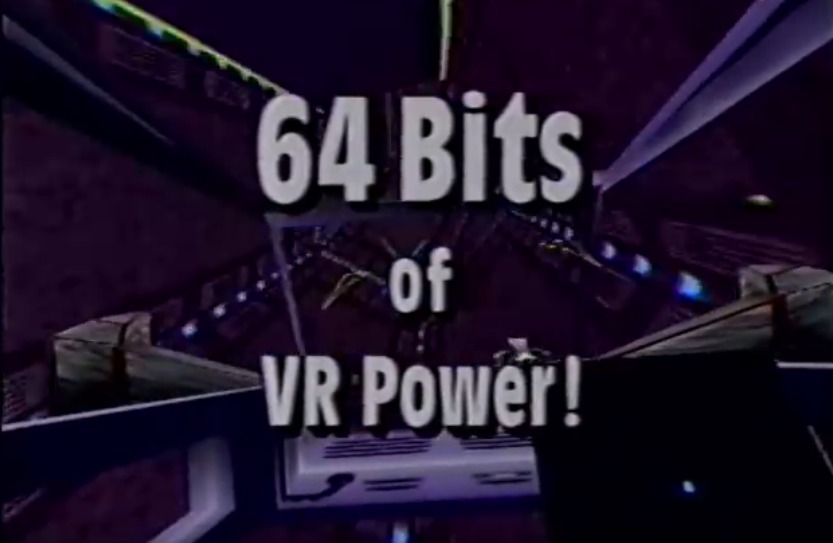
With such a long and complex development, the Toaster console went under different names (such as Xscape and Rush) and the game format was changed from cartridges to CD-ROMs. The estimated hardware retail doubled with the changes, and the project was delayed again to the 1996 holiday season.
The aforementioned developer also remembered: “Hasbro had spent $45 million in three years and was due to spend another $22 million on advertising Rush. Tens of millions more would go toward further innovation and inventory. Keeping it or killing it would cost money that would displease the board of directors.”
The final decision to pull the plug on the Toaster was made by former Hasbro CEO Alan Hassenfeld himself; despite having spent millions of dollars and having overcome tremendous technical difficulties, the company decided to follow a safer way to enter in the videogame market. This safer entry came in the form of Hasbro Interactive, formed in late 1995, a new company division focusing on porting their most famous games (like Monopoly and Scrabble) to modern consoles.
According to a paper by the Tuck School of Management: “The company created a brand with a traditional board game or toy, and then translated the concept to video. They never started a game or toy development project with video in mind – they waited to see if the traditional project would succeed first.”
Thus, the ambitious Hasbro VR Project was cancelled. Hasbro Interactive continued to grow in the following years, with titles like Frogger becoming a top seller on the Playstation, and with the acquisition of companies like Microprose and Avalon Hill.
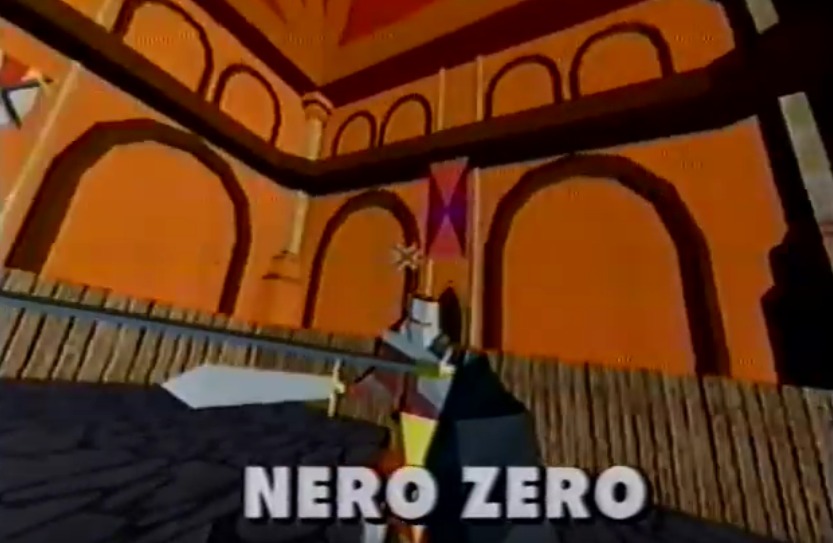
With the Hasbro Toaster canceled and only its head mount display sent to gaming studios, all games in development for the hardware were canceled. There were working ports of popular titles like Magic Carpet and Descent, plus original titles conceived exclusively for the console, such as Lancelot’s Quest (by Warren Robinett), Faceball (by Bulletproof Software), Nero Zero (by Katrix), Shatterman (by Angel Studios AKA Rockstar San Diego), Intruder (by Fasa Interactive / VWE) and Holosports Fighter.
This article was originally published in our book “Video Games You Will Never Play”.
Thanks to Celine for the contribution!
Images:
What do you think about this unseen game? Give your vote!
Would you like to add more info, screens or videos to this page? Add a comment below!
- Hasbro Toaster VR [Cancelled 1992 Virtual Reality Console] - 04-10-2018
- Zone of the Enders 3 (Enders Project) [Cancelled – PS3, Xbox 360] - 28-03-2018
- Lisa: The Painful RPG [Beta – PC] - 16-03-2018

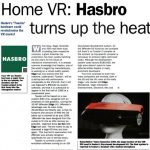
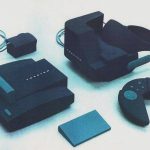
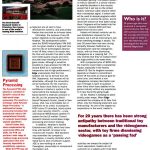
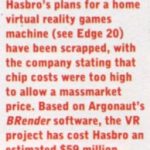
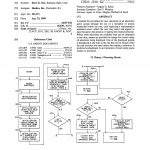
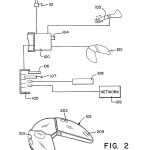
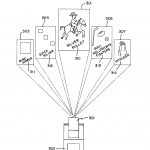
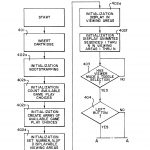
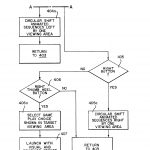
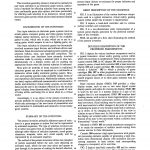
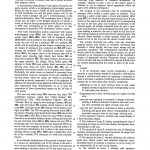
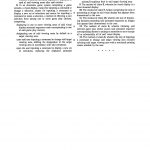
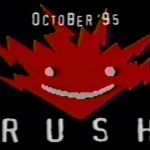
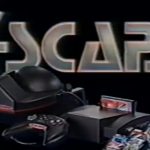
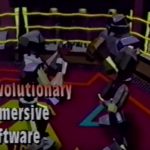

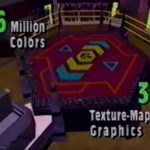
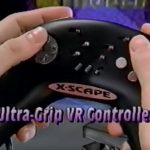
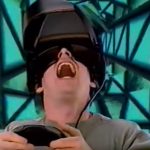

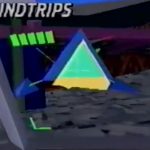
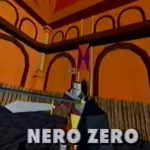
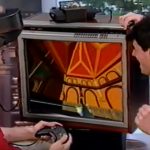


Nero Zero? Hmmm… https://www.unseen64.net/2010/05/02/nero-zero-hasbro-vr-cancelled/ :D
Indeed! An I hope to add another Hasbro VR game to the site soon :)
Holosports Fighter is shown in the 2ad at 0:25, so may just rip some pics out for beginning?
I think it could be Faceball 2000, instead of just faceball? https://en.m.wikipedia.org/wiki/MIDI_Maze
I recently tried out a free standing VR gaming headset at my daughters home and it brought back memories of our Institute’s brief involvement with operation Sliced Bread. On a lark I went on the web and found this article. You might be interested to learn that Chris Gentile, an SU alum, got our Institute for Sensory Research (ISR) at Syracuse University involved in sliced bread. We had faculty with expertise in vision, somatosensory and auditory systems, etc, and our charge was to begin with an objective literature search re potential dangers introduced by using the headset, and then we were to test actual prototype units to presumably help with design criteria. We were used to NIH and NSF funding, but times were tough, so we decided to do this contract research which we had to keep “top secret” although I recall that we were supposed to be granted permission to publish any actual research we carried out on the prototype – which needless to say we never received. I recall our team driving down to Sarnoff Labs to deliver our preliminary report and meet with the development team. Our group sat on one side of the room theirs on the other and we had to pass questions and answers through some folks in shirts and ties at the head of the room to insure “secrecy” was preserved. We did have a chance to “try out” the gaming apparatus they head set up but it was in very early stages of development and reported required there full engineering team to keep it working . We awaited the delivery of a promised stand alone prototype which never arrived since it was presumably never produced. We did meet with the Hasbro Development manager who was overseeing the project, and then when I called him back he never returned calls. After a while I called another Hasbro number and learned he no longer worked there and sliced bread was terminated.
I worked for one of the AGE companies AGE contracted to assemble one of the early prototype systems for Hasbro. Nice to see what we conceptualized appear at Best Buy for $300 bucks.
Interesting. I didn’t even know this existed until I came across it on this site. What was your role at the company? It would be interesting to hear some behind the scenes stories on this fairly unknown piece of kit. If you have any media, photos, etc on it as well that would be very interesting to see.
I had a career producing home software titles for DataMost and DataSoft. I worked with Mike Wallace on the software for the 3E console, as we dubbed it, for demo to the toy companies. I’m afraid I did not keep images from 30+ years ago.